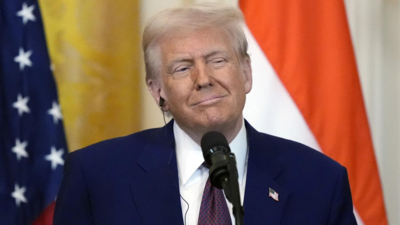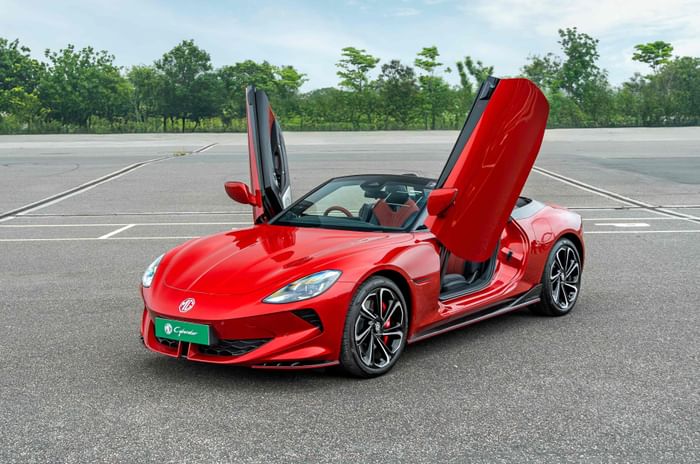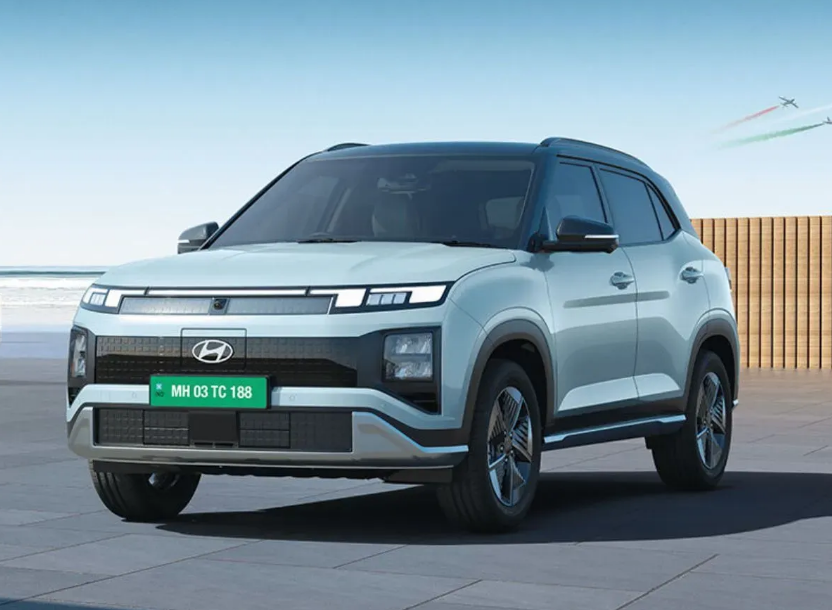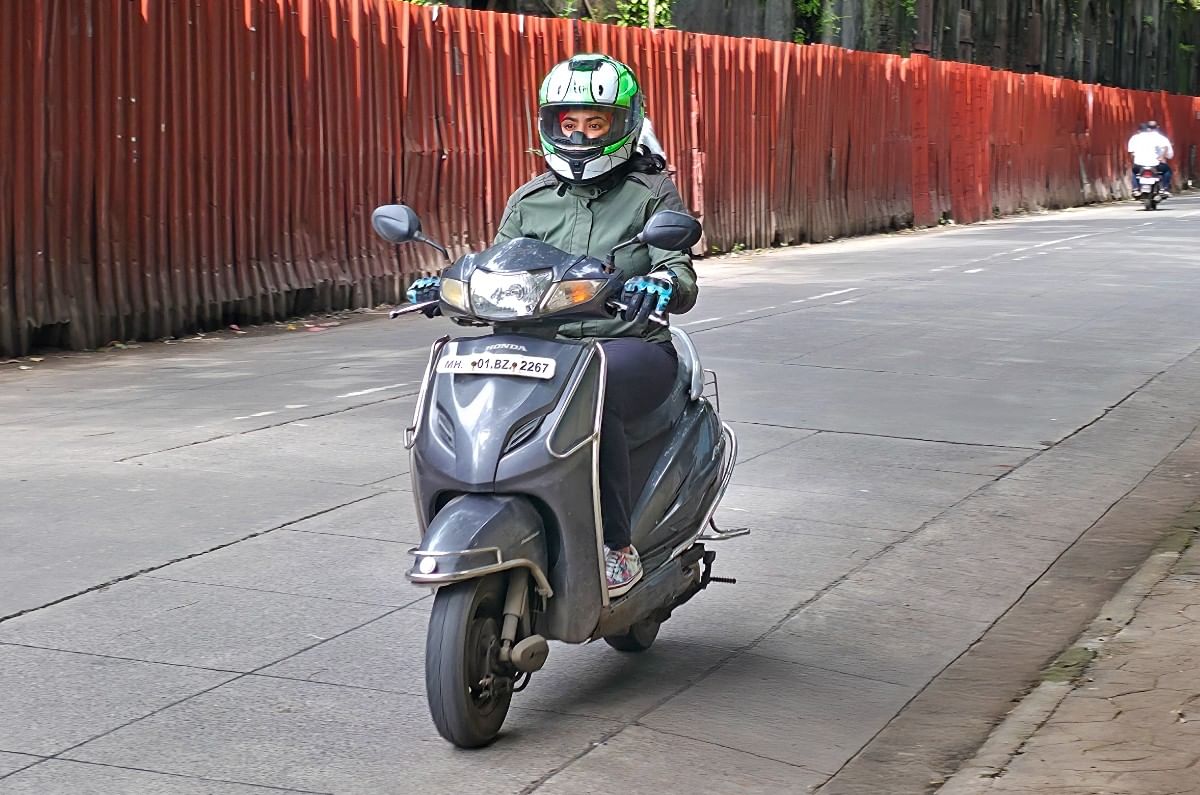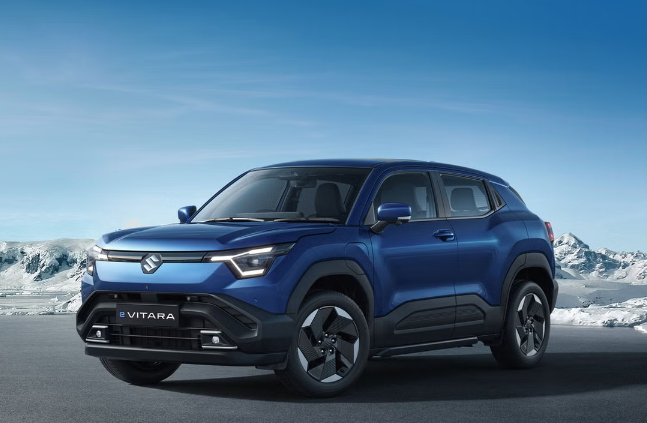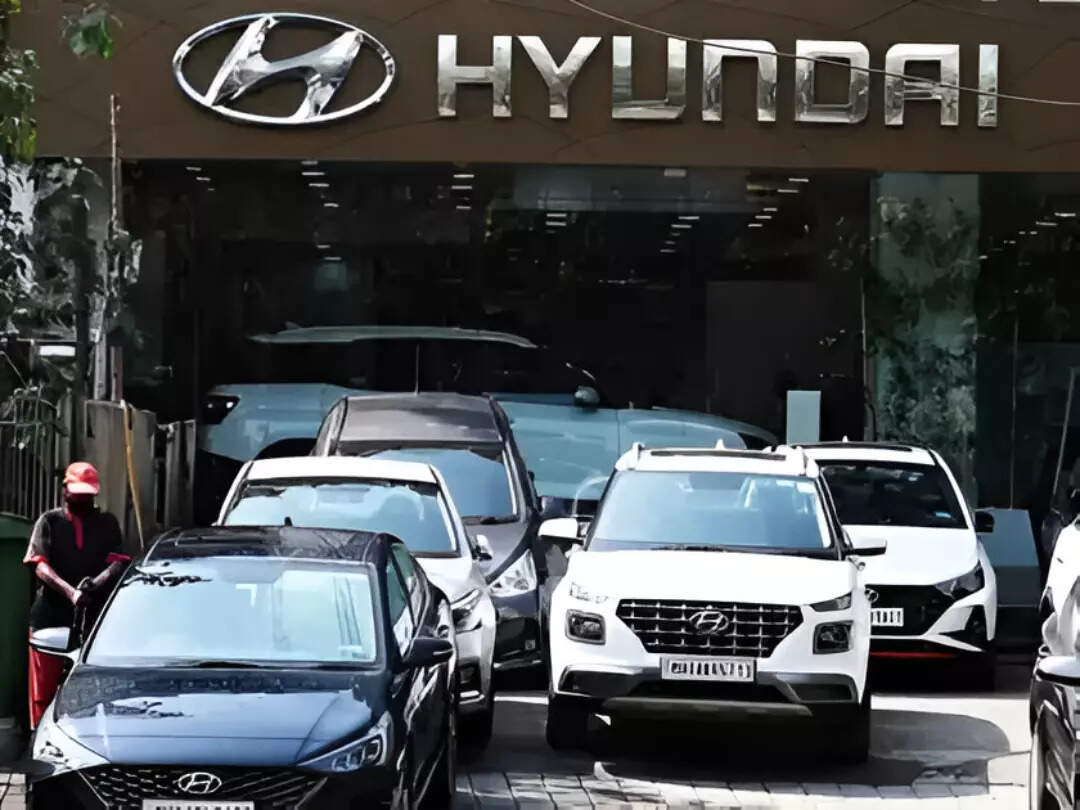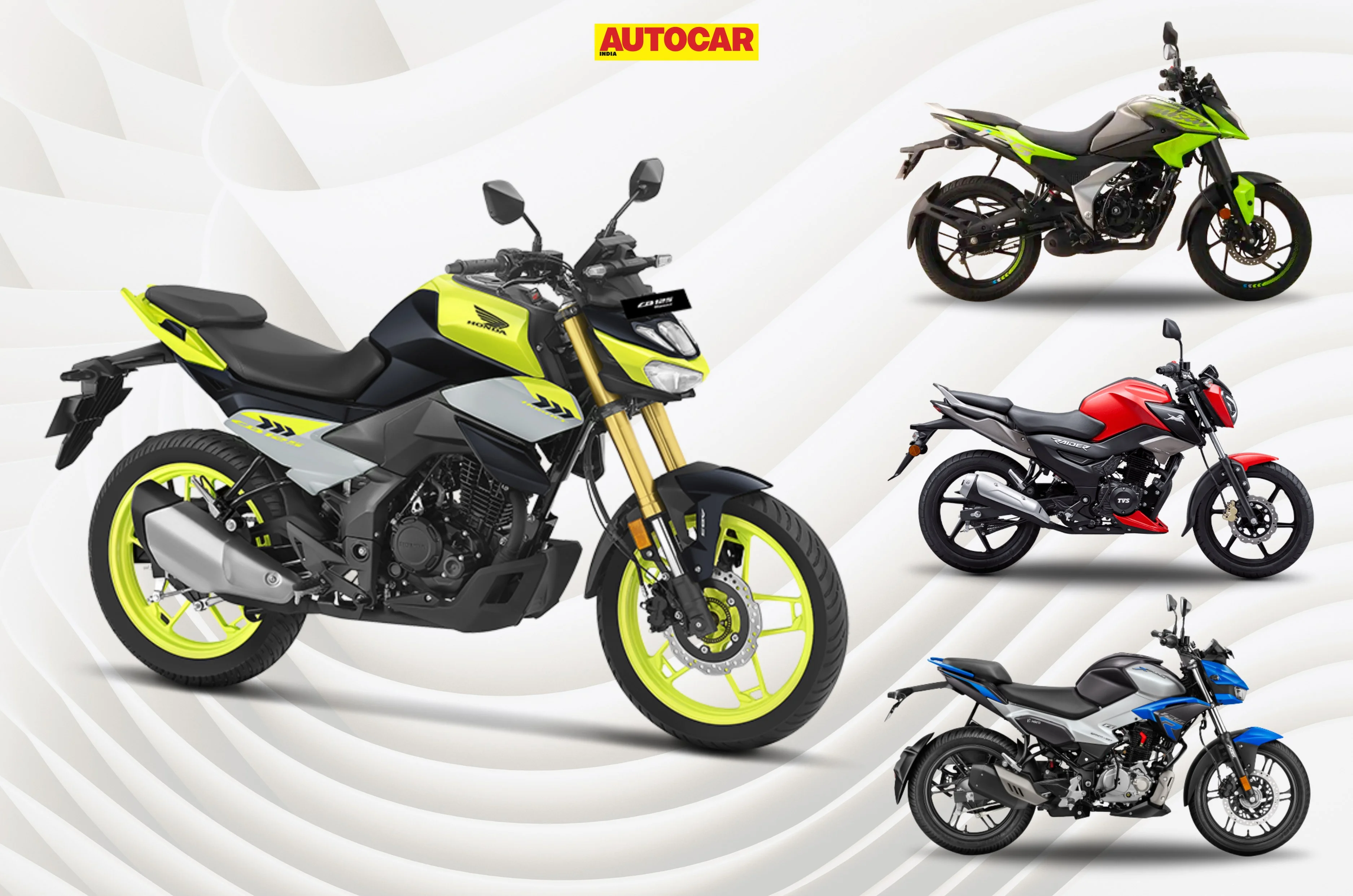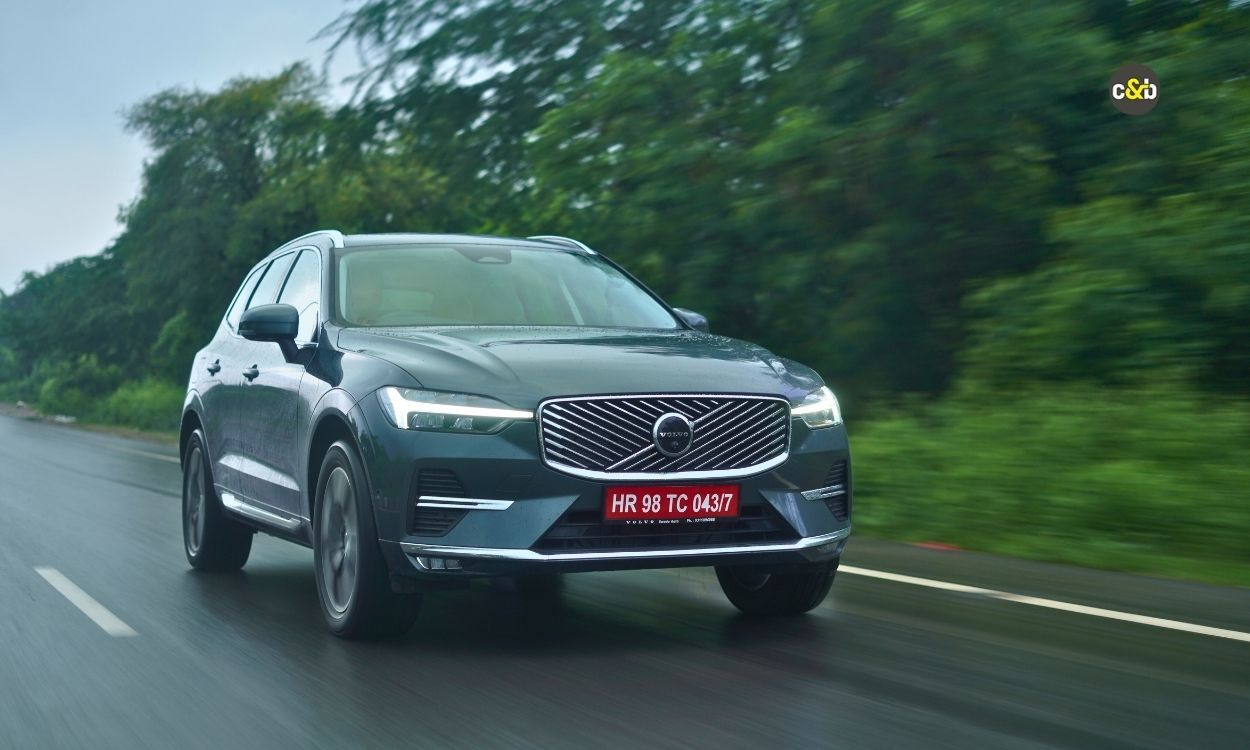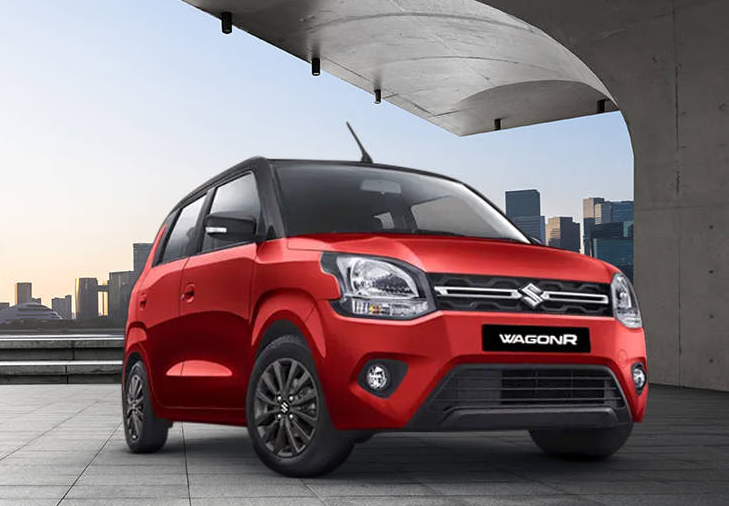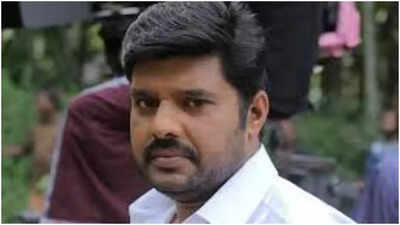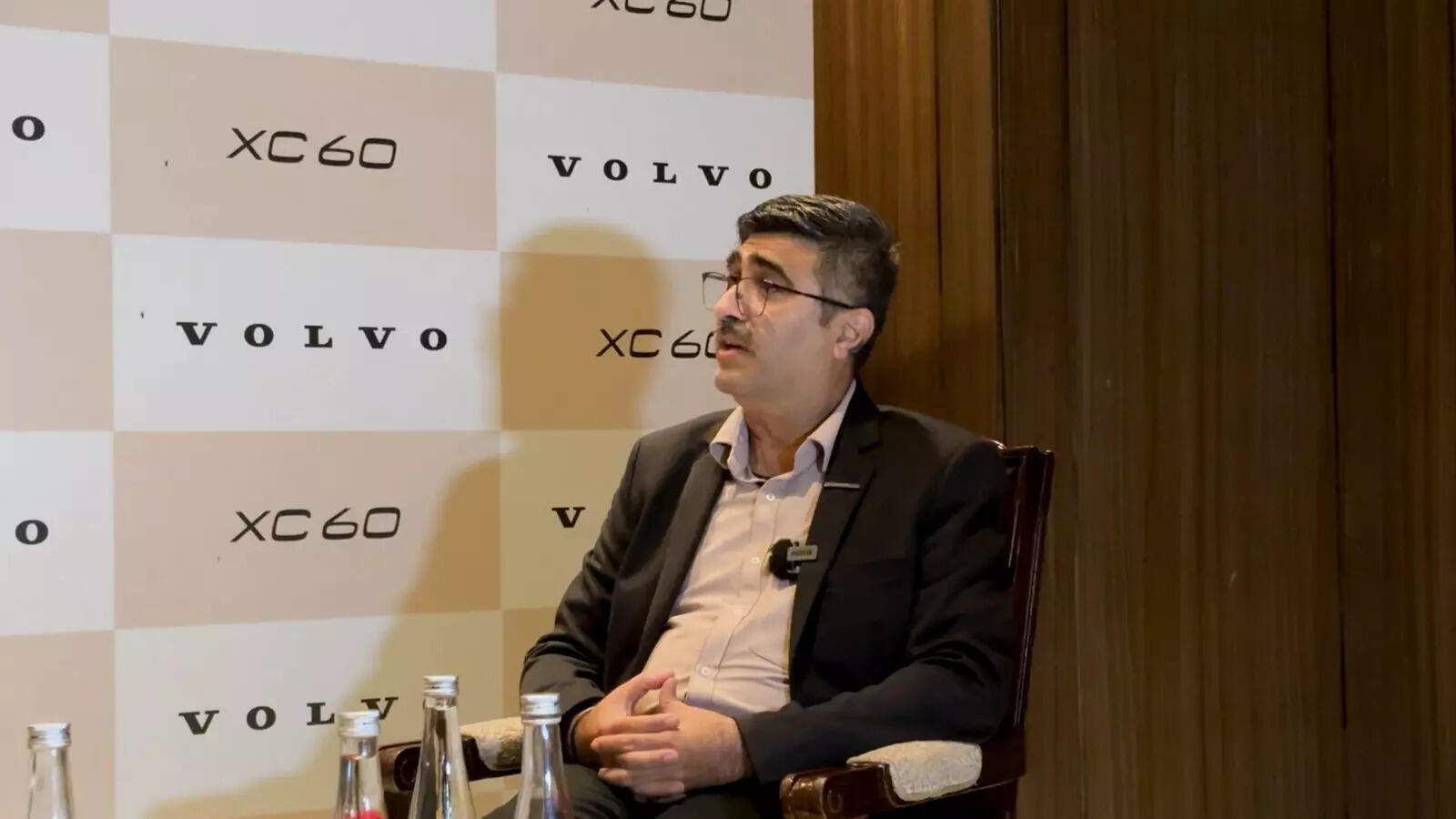 Jyoti malhotra
Jyoti malhotraOn the sidelines of the refreshed Volvo XC60 launch in New Delhi, Jyoti Malhotra is calm but confident as he lays out the Swedish carmaker’s vision for India. And that vision begins unmistakably with safety.
“For us, our guiding principle if you ask me is always safety. So we will continue to offer the safest cars. That’s our promise,” says Malhotra, Managing Director of Volvo Car Indiain an exclusive conversation with ET Auto.
But safety, in Volvo’s worldview, is more than seatbelts and crumple zones. “When we say safety, it does not only mean the safety of the car,” he adds. “Sustainability denotes safety of the planet.”
This twin commitment to people and the planet is shaping everything from the company’s design approach to the kind of fuel systems it’s willing to invest in. The refreshed XC60 launched at the event features a mild-hybrid engine that’s E20 compliant.
“In India, the direction is very clear. Either we move towards full electrification or we move towards biofuels. This is what we hear in every forum,” Malhotra explains.
Even so, he makes it clear where Volvo stands in this dual-path landscape. “Nobody can develop [biofuel vehicles] only for India. So whatever is available for us from a global perspective, we’ll be able to bring.
Plug-In Hybrid? Not now
Globally, the XC60 is also offered as a plug-in hybrid (PHEV), but Volvo India is holding off on that variant for now. The reason is squarely financial.
“Plug-in hybrid today, with the structure of taxes and other things, does not really fit in,” says Malhotra.
After internal discussions on whether to introduce both mild and plug-in hybrid options, the company zeroed in on the configuration that made the most sense for today’s Indian buyer, and policymaker.
“Who knows, tomorrow things can change,” he adds. “We have a global capability; it’s not very difficult for us to bring PHEVs in.”
The Scandinavian way: Smart tech, not flashy screens
The updated XC60 doesn’t just look sharp, it thinks fast. The SUV comes with Google built-in, a Snapdragon processor, and five years of data connectivity. But true to Volvo’s Scandinavian roots, it avoids visual clutter and complexity.
“We are known for minimalistic design,” Malhotra says. “It is very intuitive, very easy to use. We don’t want to overwhelm the end consumer with huge screens because they may not be safe in the long term.”
Even entertainment features like Prime Video are wired for safety, it only plays when the car is stationary. “That’s not supposed to play while the car is in motion,” he notes.
As for Volvo’s global tech collaborations with Qualcomm and Google, Malhotra was quick to clarify how that works from India’s vantage point.
“These are global R&D efforts. Car companies are now software integrators. Earlier we brought mechanical parts together; now it’s tech components too.”
Festive-ready, but future-focused
The XC60 has long been Volvo’s best-selling model, both globally and in India. The facelifted version now comes with a limited-time introductory price and hits showrooms just ahead of the festive buying season.
“This has been our highest selling car and this will continue to remain our highest selling car in India,” Malhotra affirms. There’s no sudden push for volume. The brand is sticking to a long-term plan, one anchored in clean mobility and consumer value.
The Road Ahead
So what does the future look like for Volvo in India? Clean power. Deep personalisation, and an uncompromising commitment to safety.
“Connectivity is what offers better personalisation. But our strength lies in safety,” says Malhotra. “We don’t wait for regulations. Whatever is the best that’s available, we always offer that here in India as well.”







